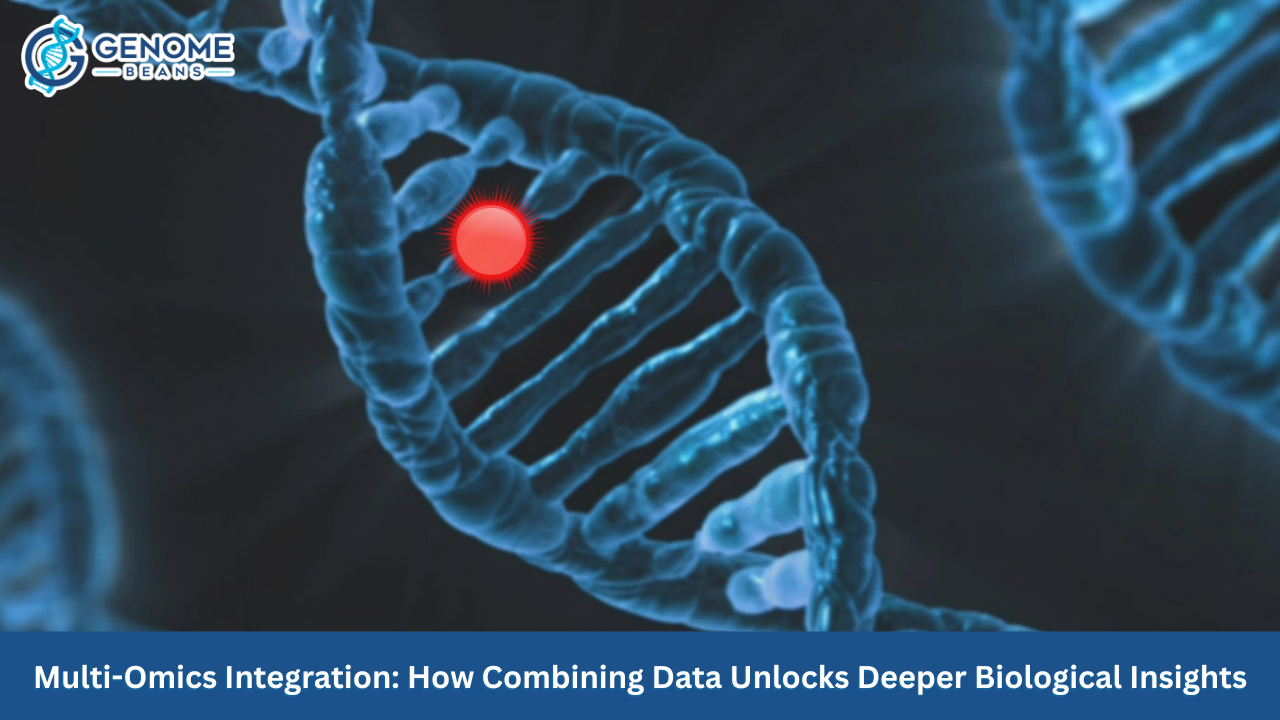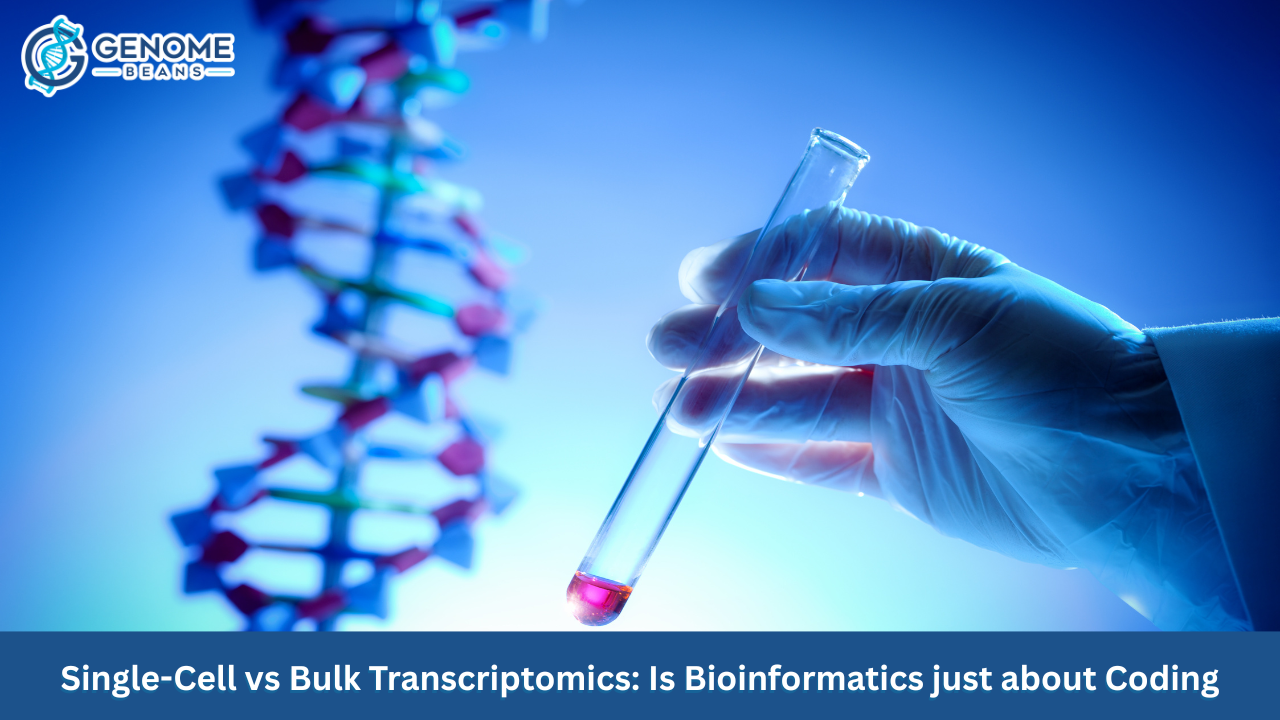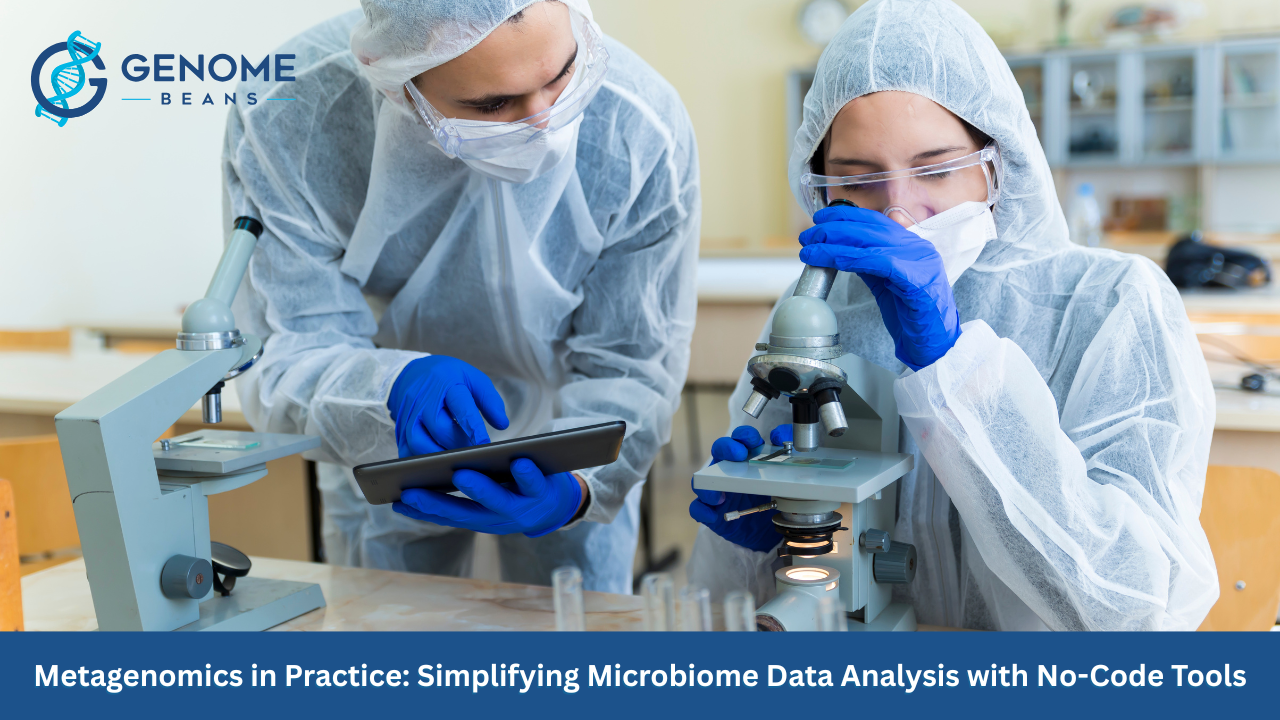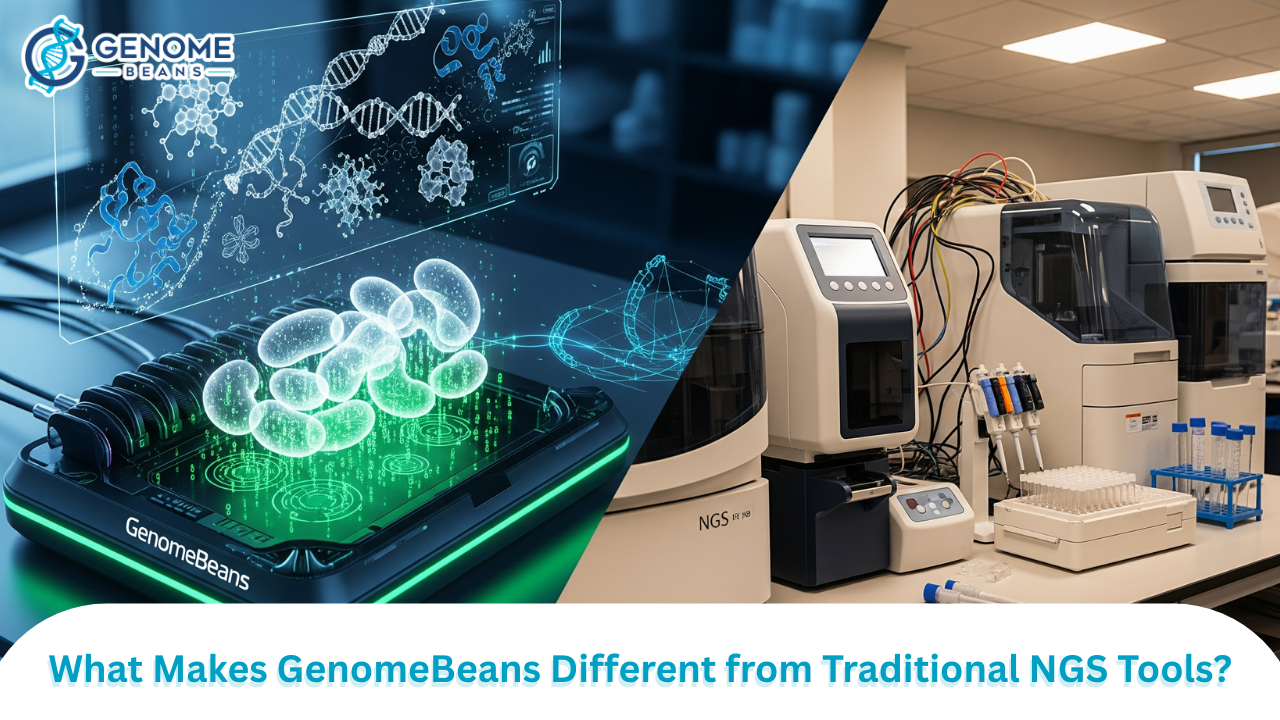Multi-Omics Integration: How Combining Data Unlocks Deeper Biological Insights
Key Takeaways
- Multi-omics brings together genomics, transcriptomics, proteomics, and metabolomics for a complete view of biology.
- Data integration helps uncover complex molecular interactions that single-omics studies may overlook.
- Systems biology benefits from combining diverse omics layers to map disease pathways and networks.
- Challenges include handling large datasets, ensuring data compatibility, and building reliable bioinformatics pipelines.
- Advances in computational tools are making omics integration more accessible and impactful in research and medicine.

Understanding Multi-Omics
Biology is too complex to be explained by a single layer of information. While genomics reveals DNA-level variation, transcriptomics explores gene activity, proteomics captures protein dynamics, and metabolomics studies metabolic changes. Multi-omics integration combines these layers, offering a more holistic view of biological systems.
The Value of Data Integration
When analysed together, these data types can reveal how DNA variants affect gene expression, how proteins translate those signals, and how metabolites reflect physiological outcomes. This layered approach provides insights into disease mechanisms, treatment responses, and potential therapeutic targets.
Applications in Systems Biology
Systems biology thrives on omics integration. Researchers can map cellular pathways, detect biomarkers, and identify molecular interactions that drive health and disease. For example, combining genomics with metabolomics can highlight how genetic variation influences metabolism, improving our understanding of complex conditions like cancer or diabetes.
Challenges and Advances
The biggest hurdles include managing massive datasets, aligning data formats, and ensuring accurate cross-omics comparisons. However, progress in bioinformatics and computational frameworks is helping researchers overcome these barriers. With improved algorithms and integration tools, scientists can better interpret biological data and apply findings in clinical and translational research.
Conclusion
Multi-omics integration is reshaping modern biology by connecting data layers that were once studied in isolation. By uniting genomics, transcriptomics, proteomics, and metabolomics, researchers gain a deeper understanding of life’s complexity. Although challenges remain, advances in data analysis and computational tools are steadily bridging the gap, paving the way for new discoveries in health and disease.







